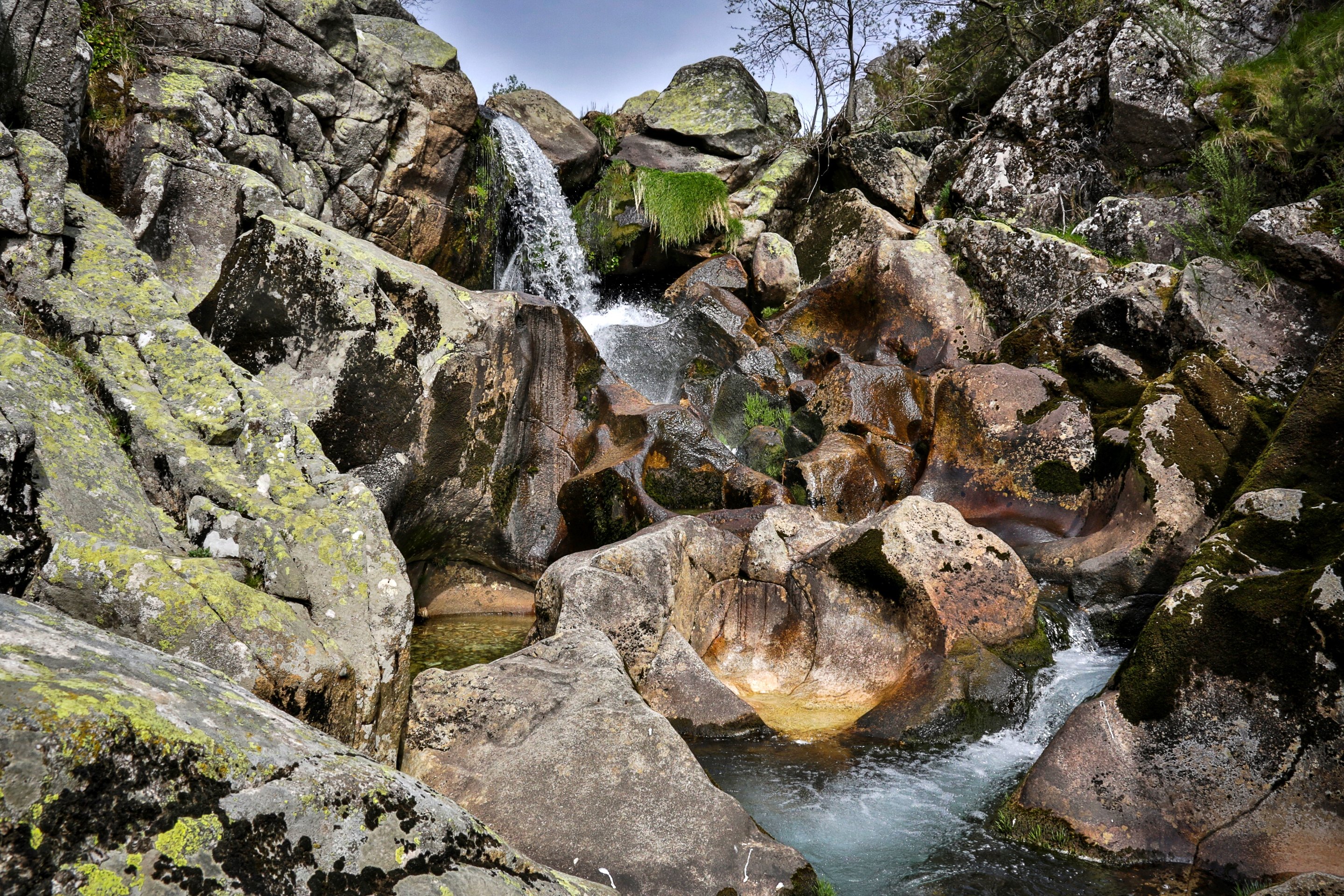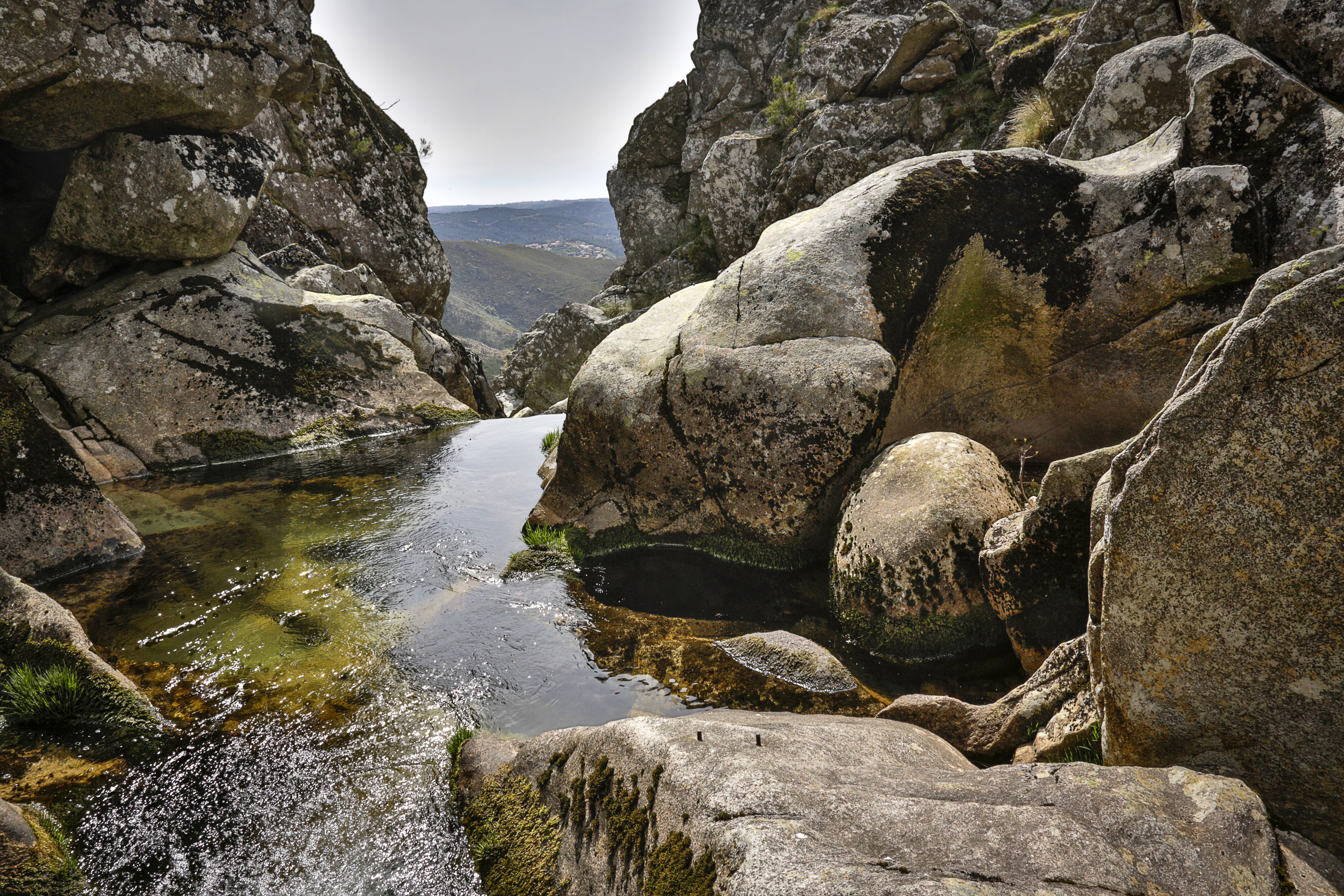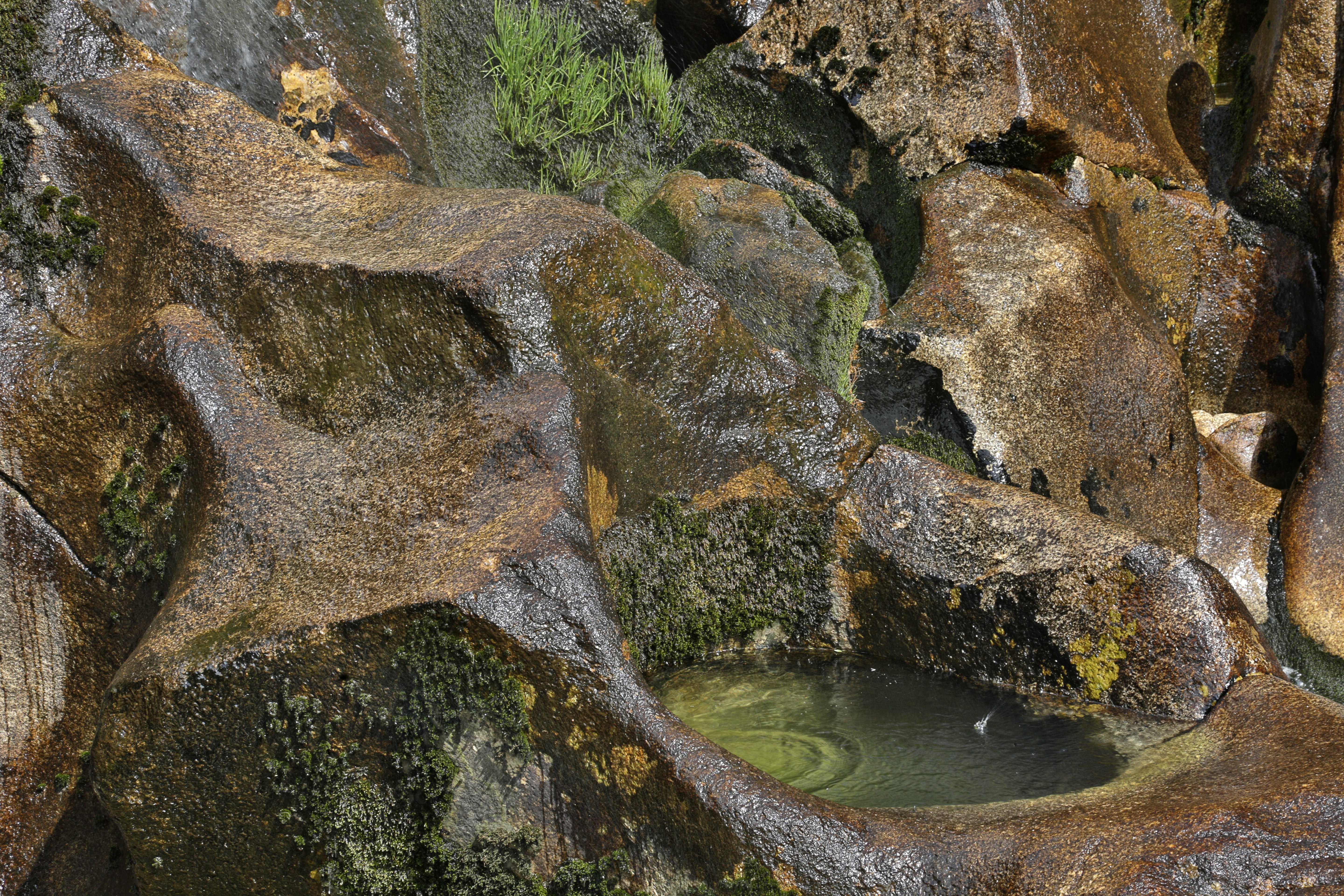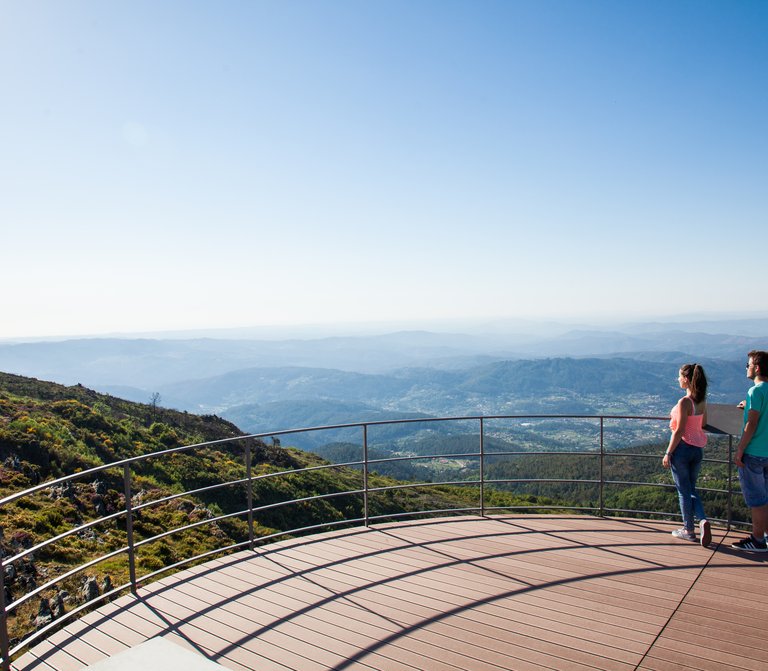
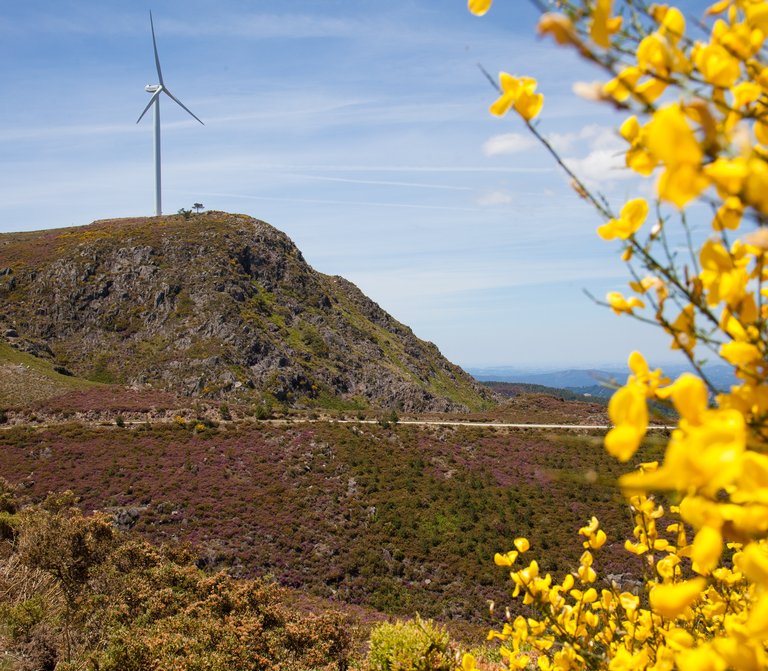
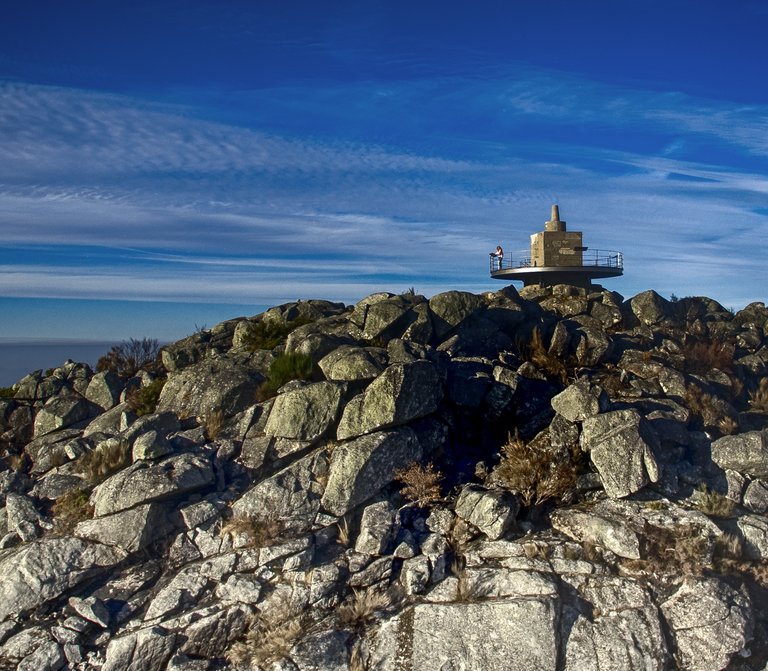
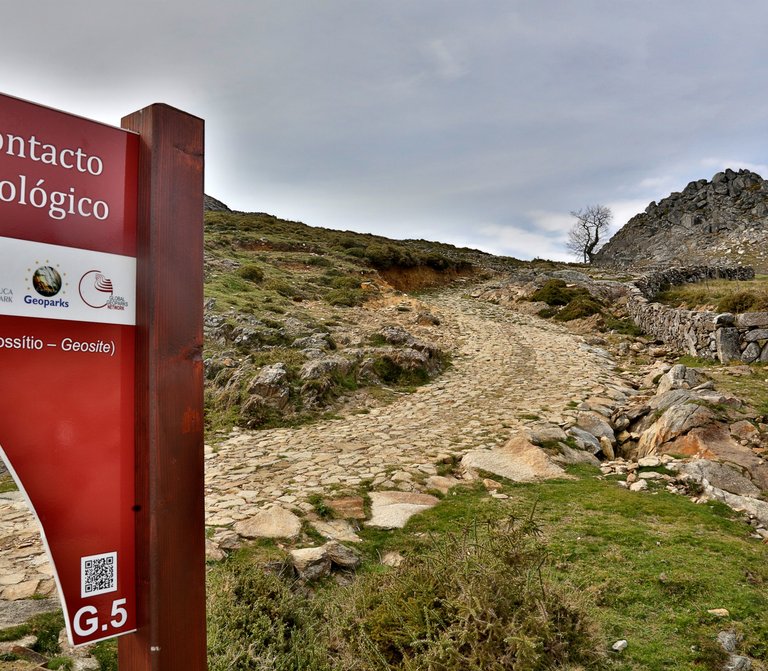
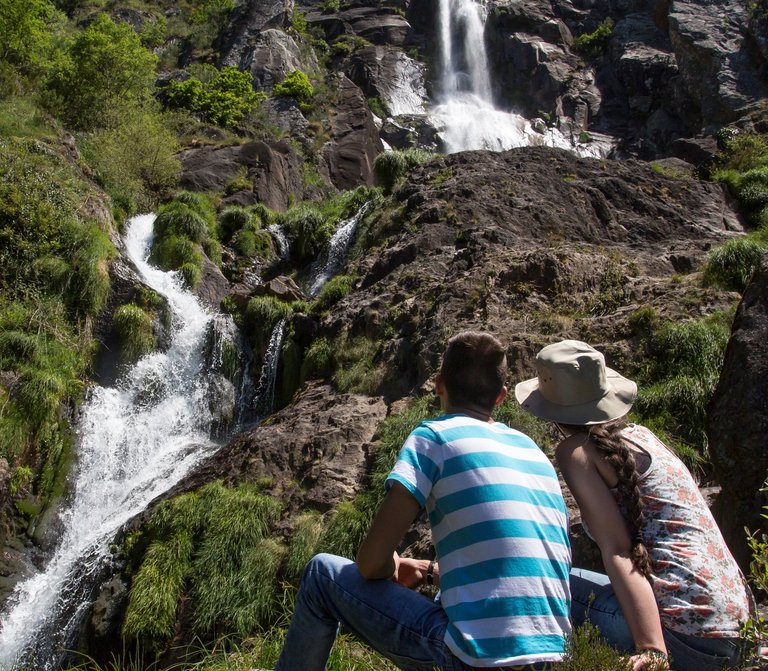
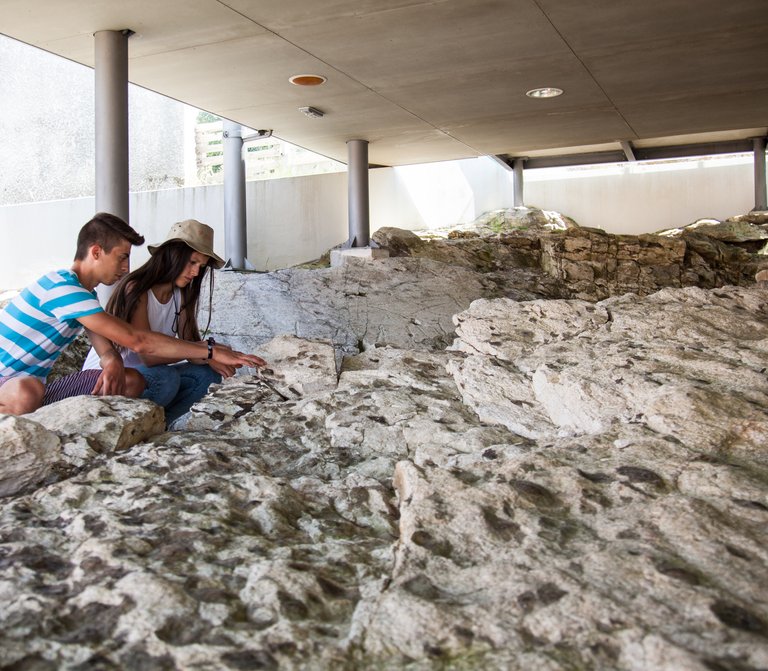
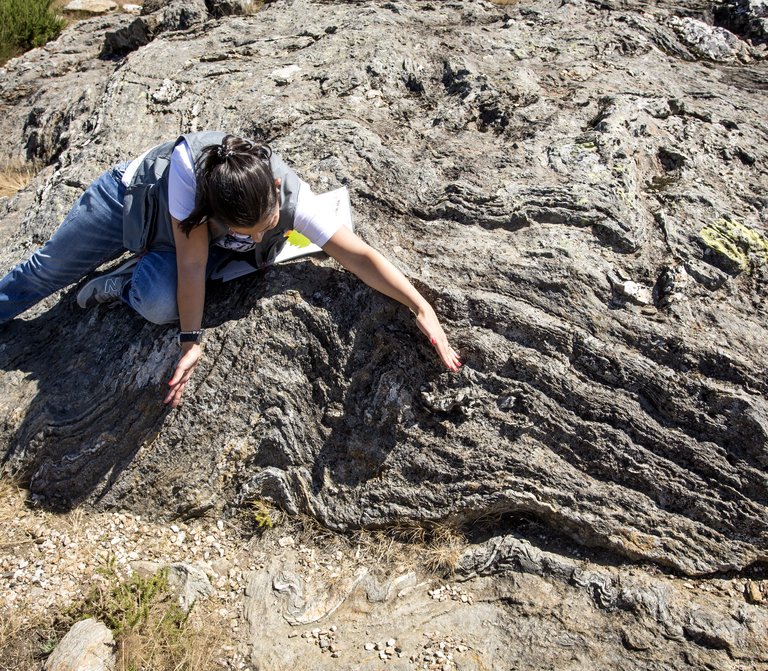
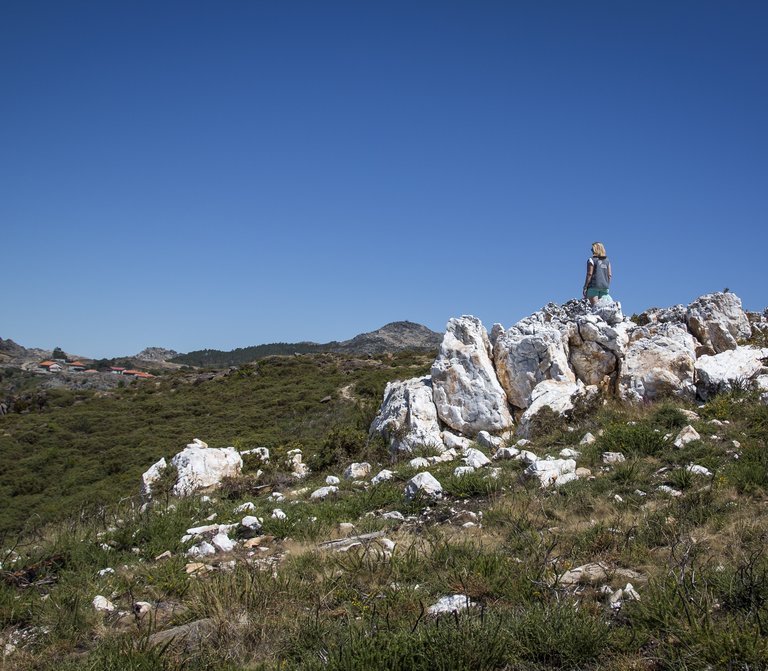
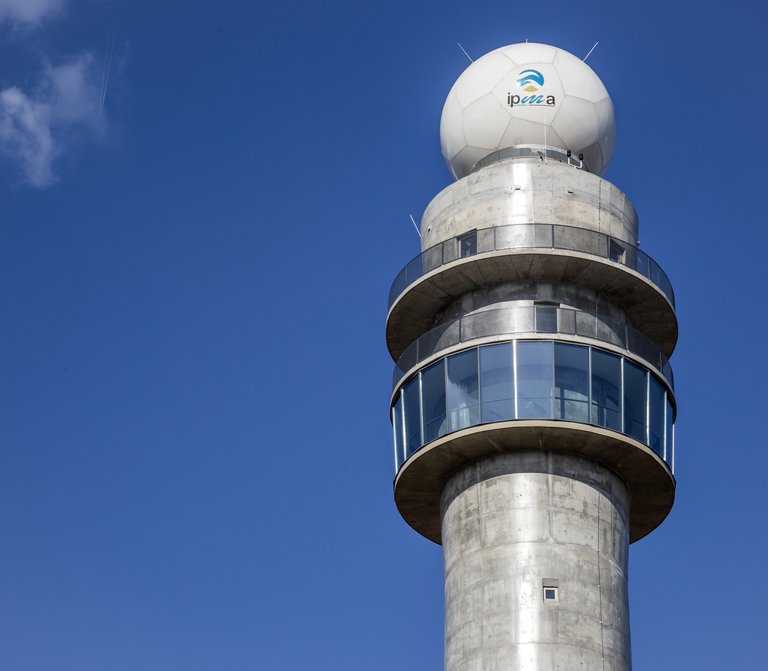
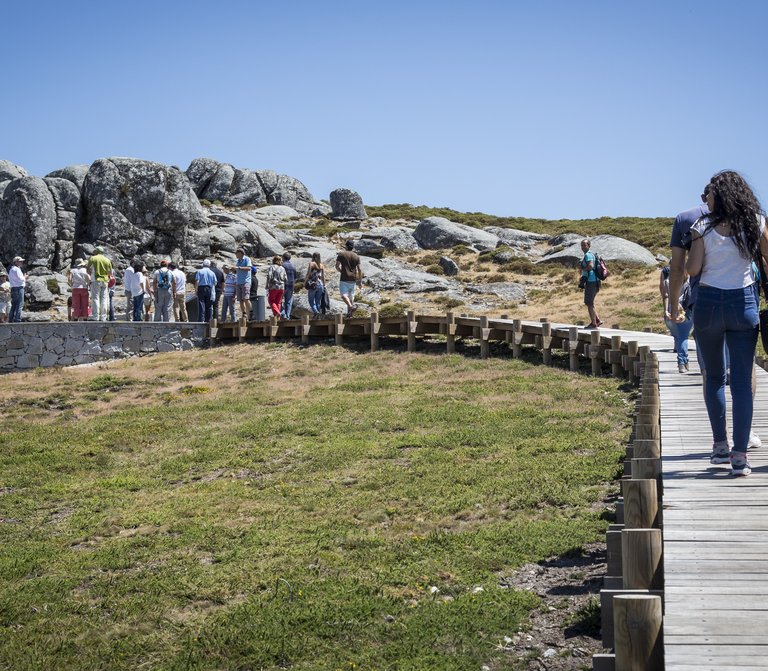
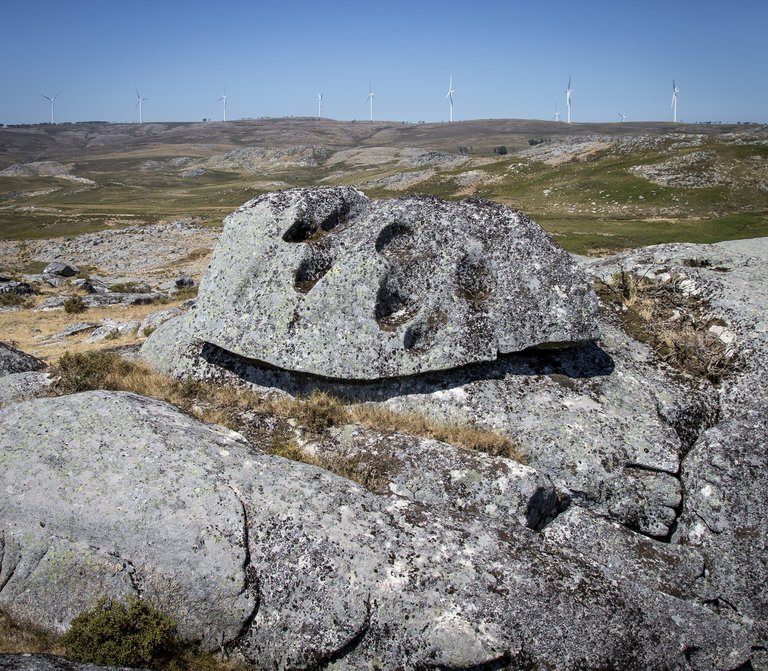
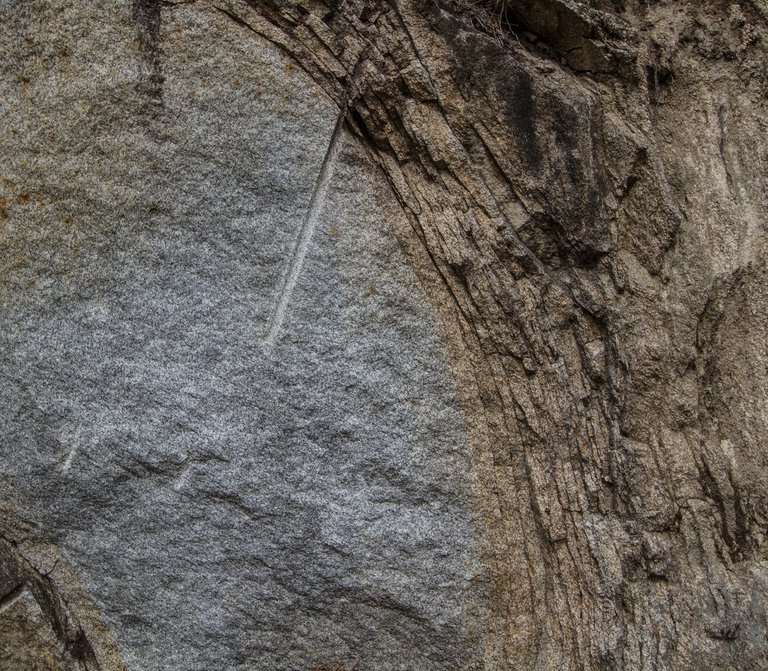
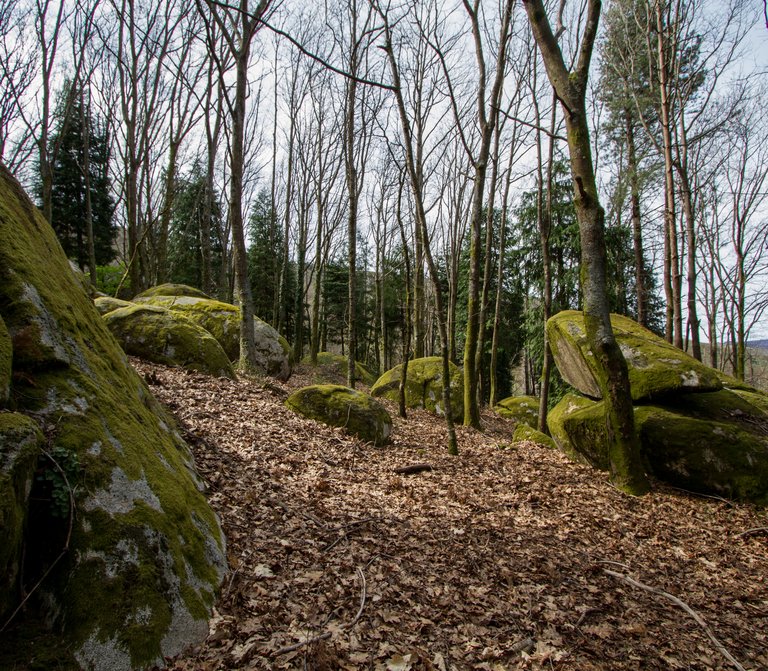
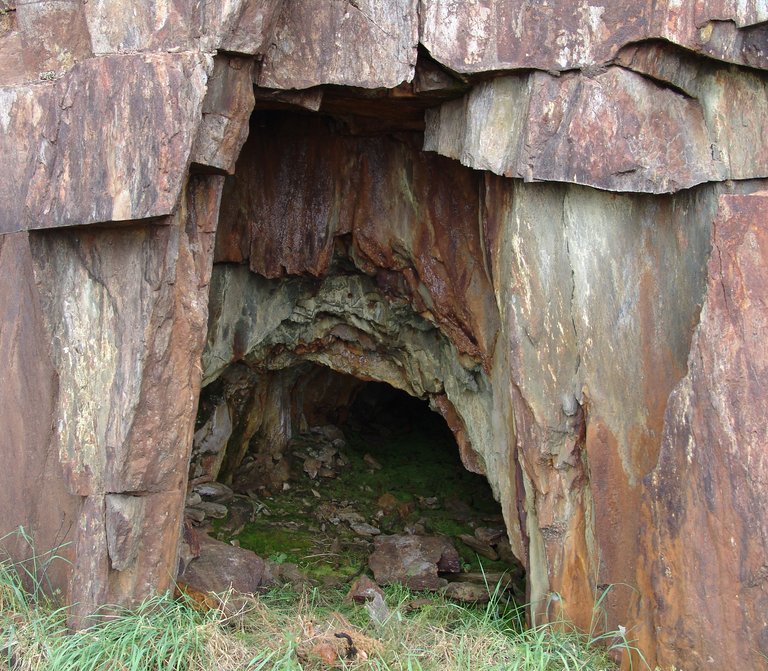
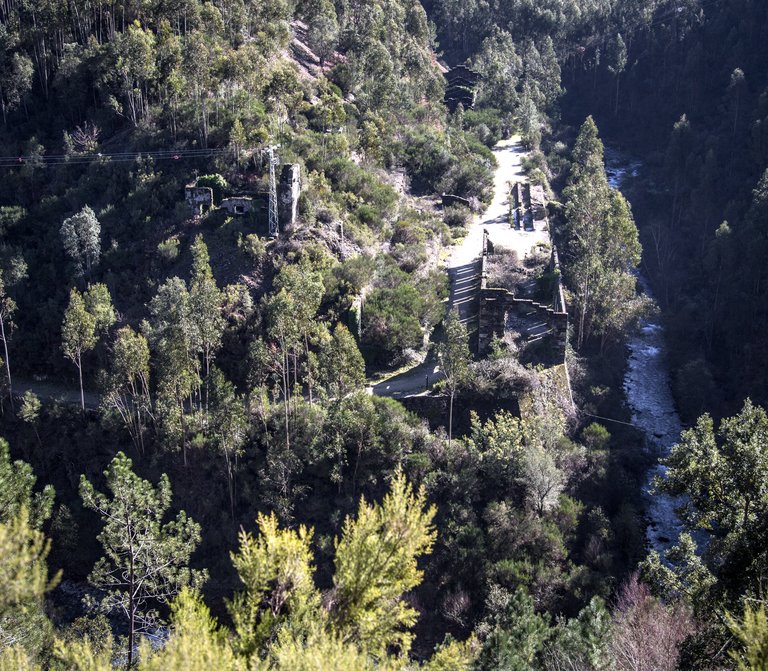
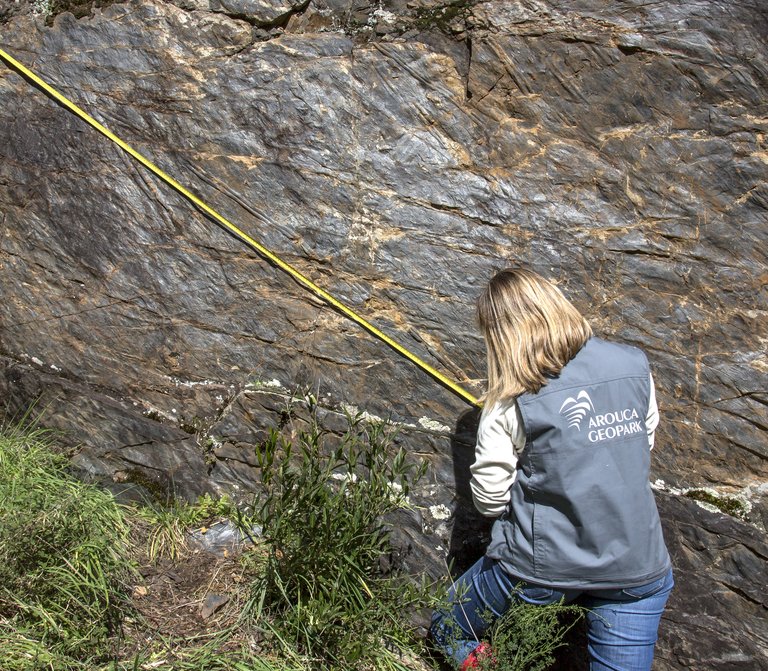
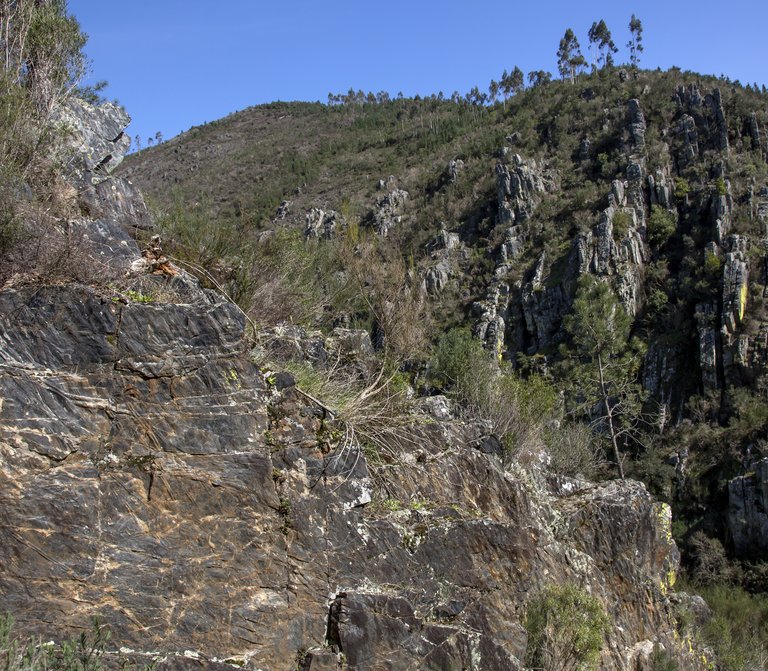
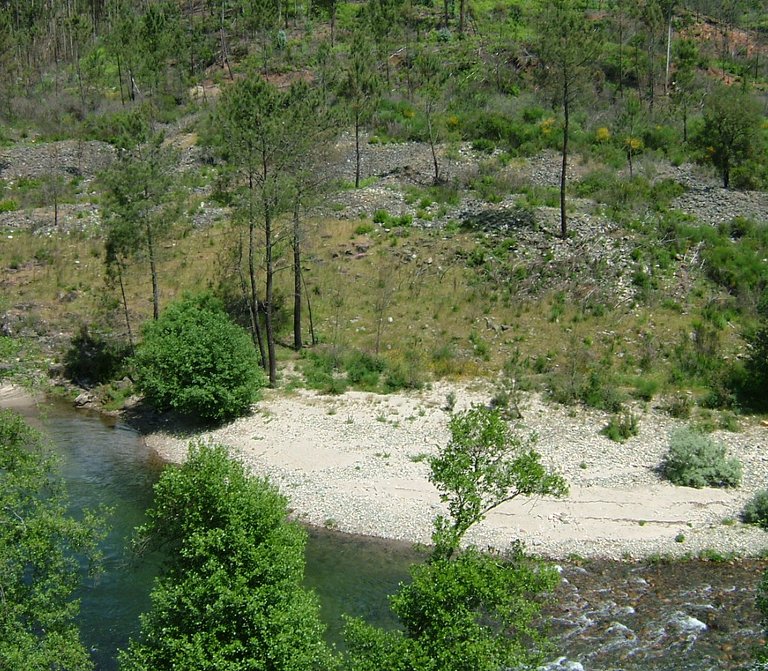
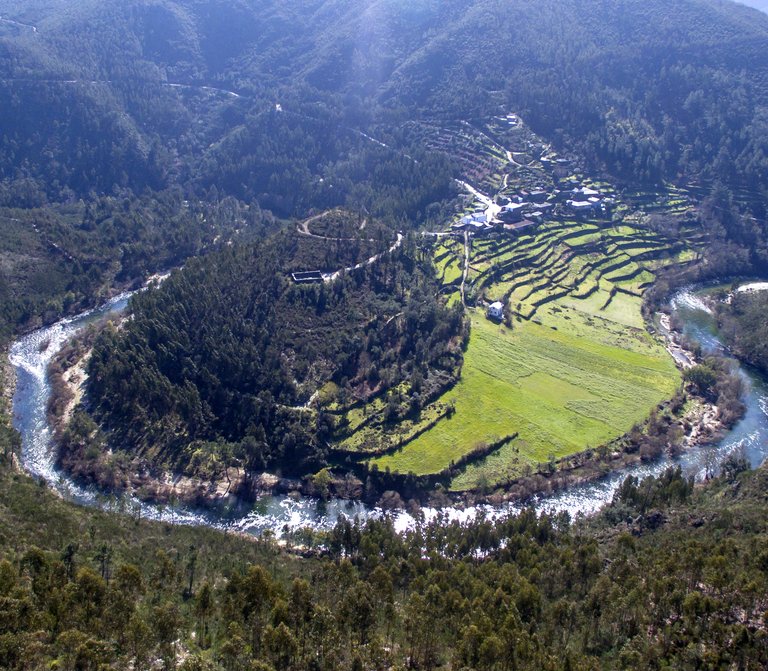
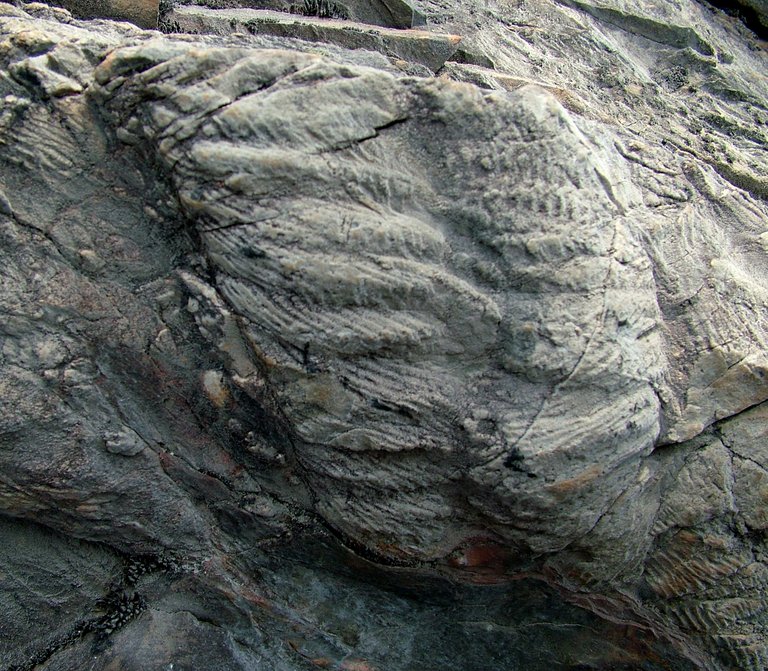
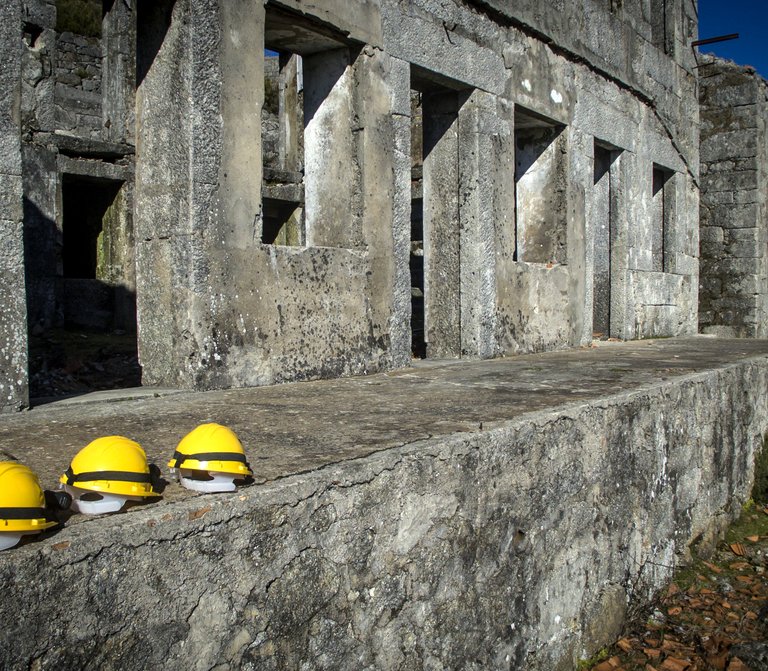
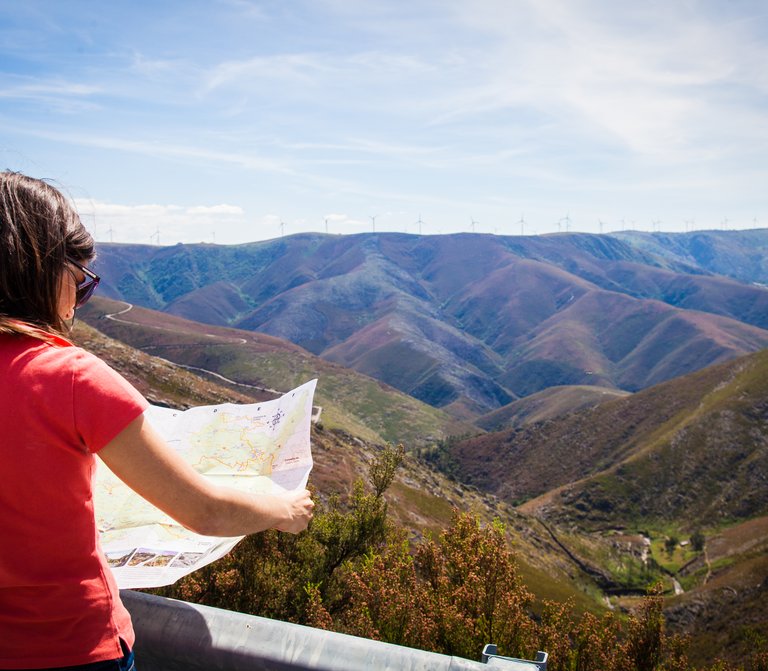
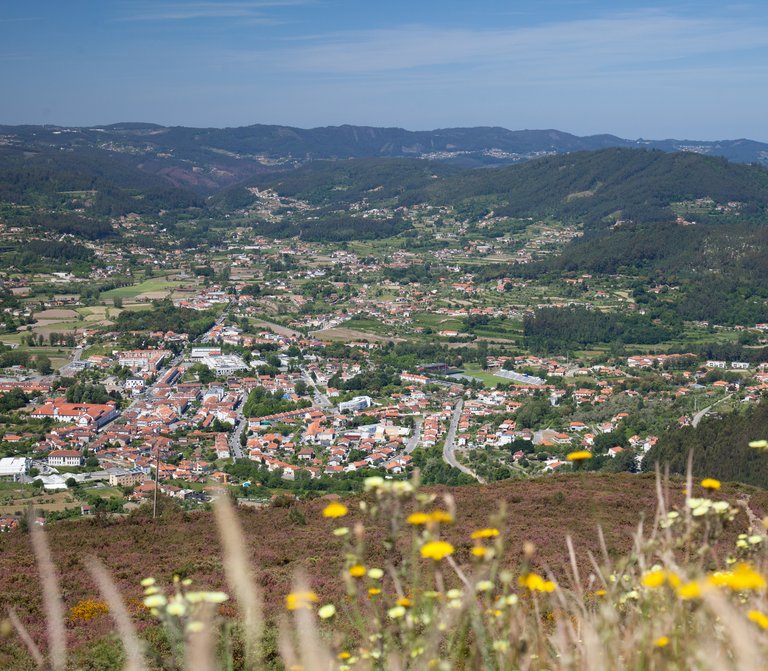
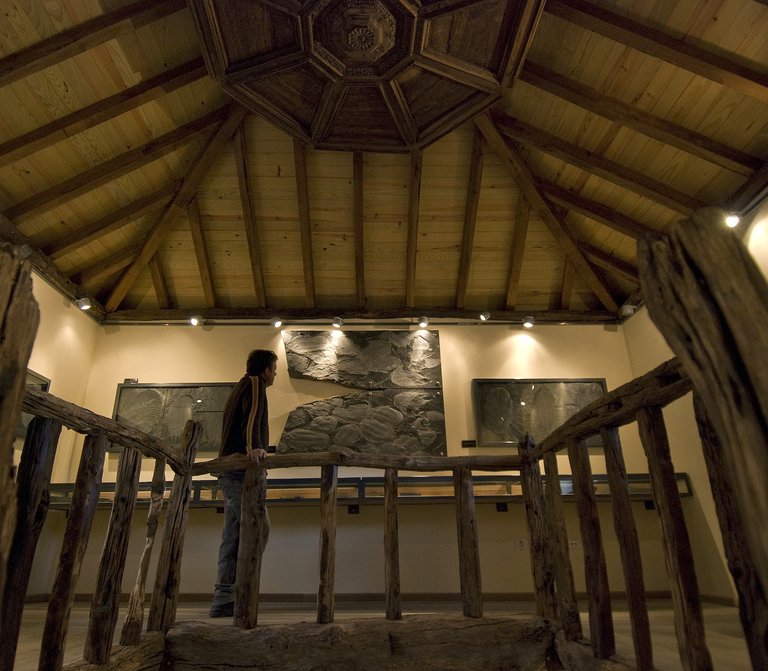
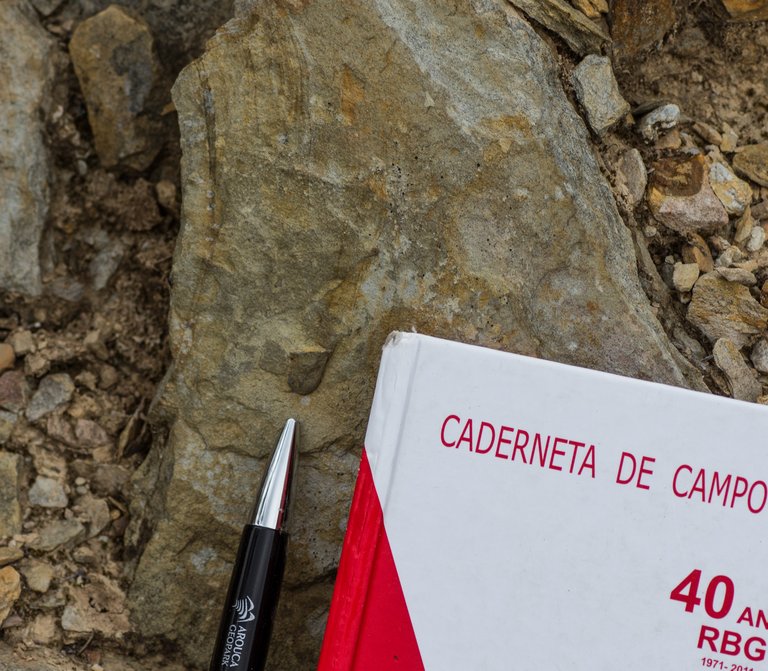
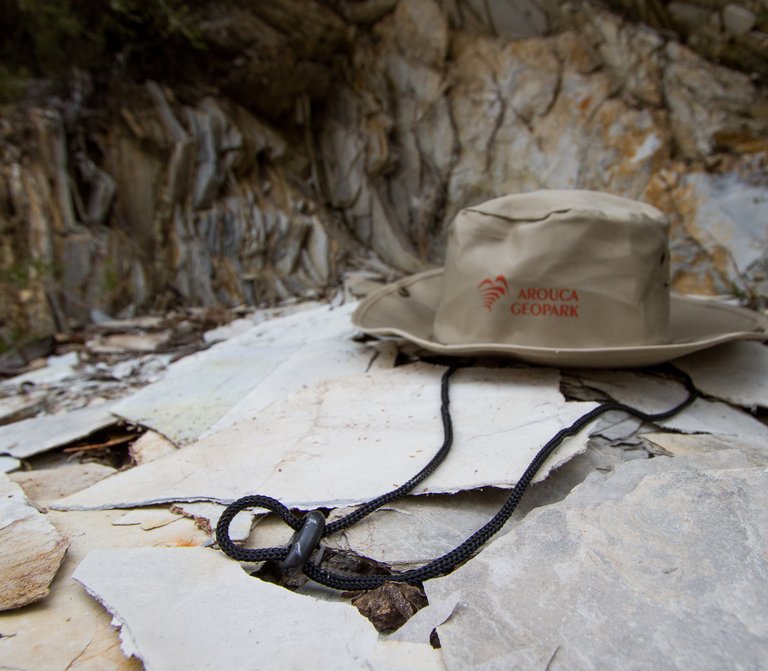
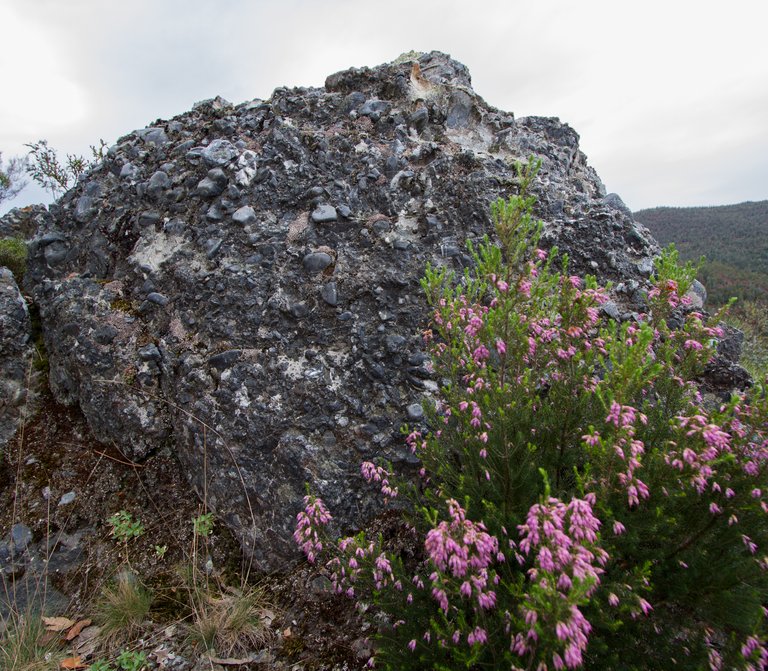
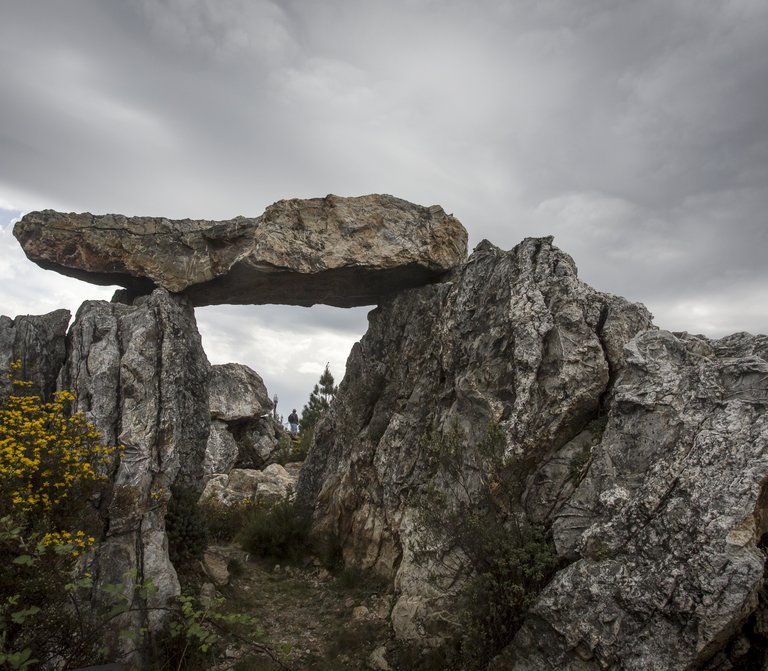
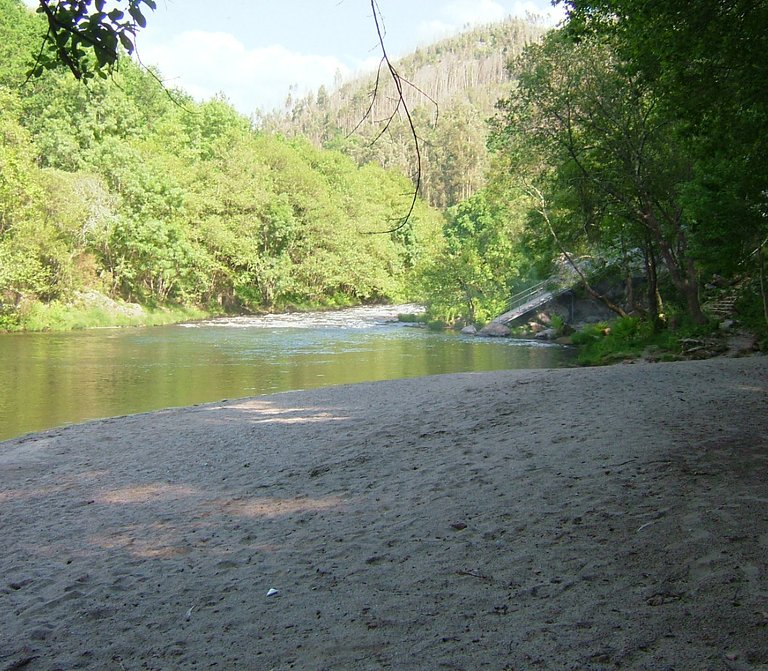
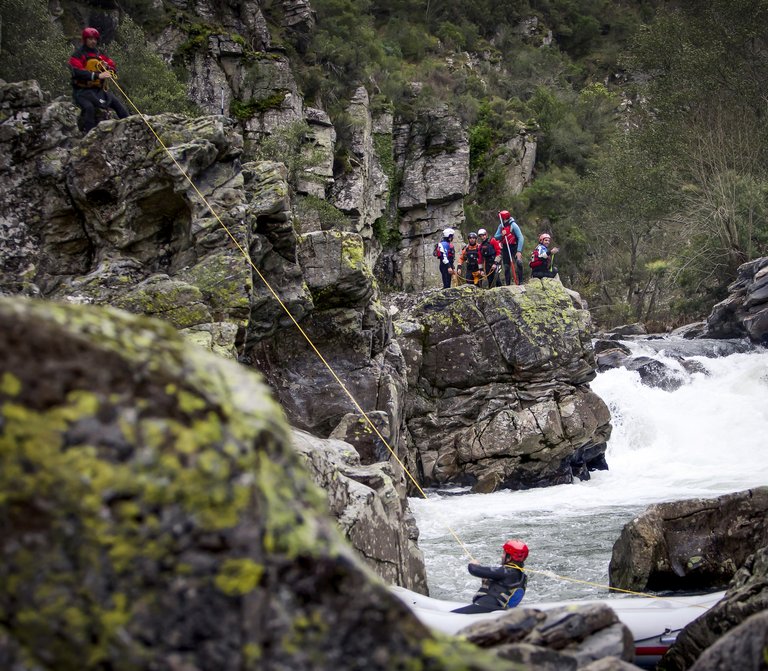
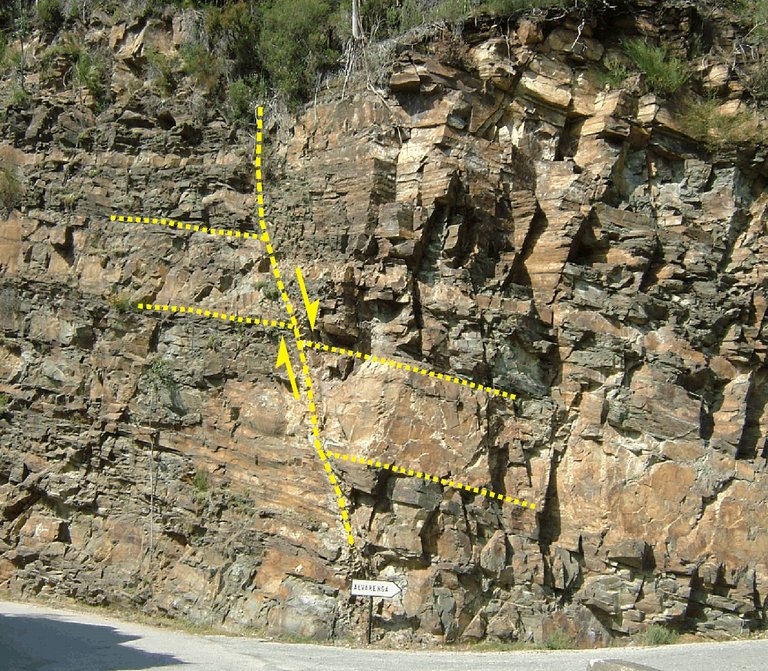
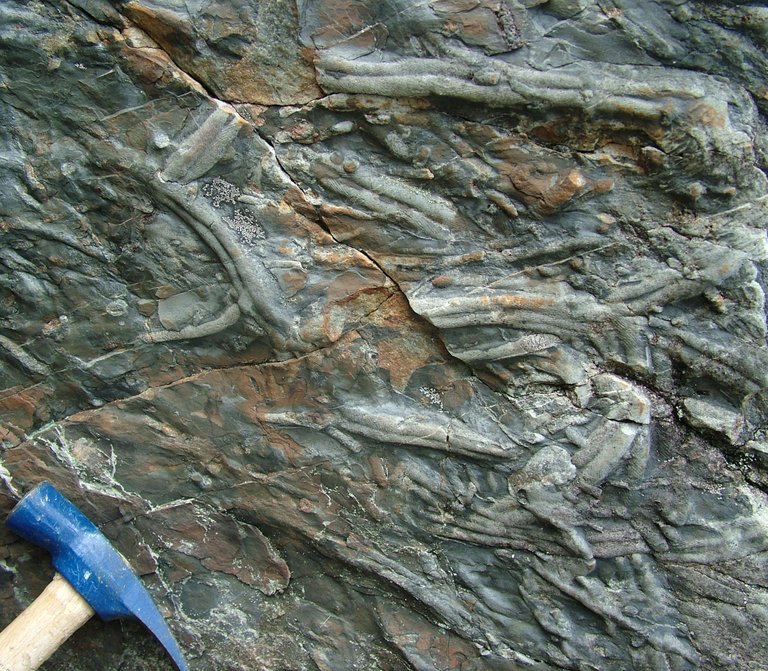
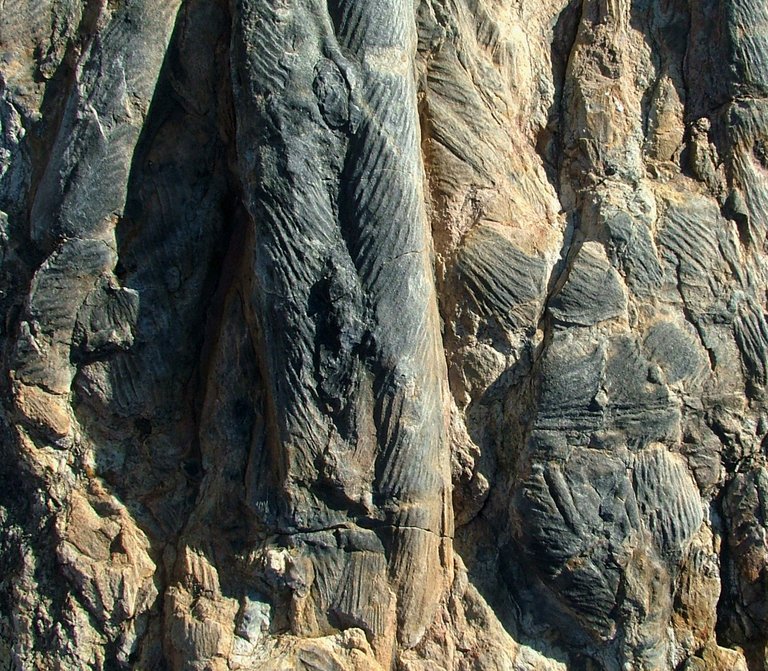
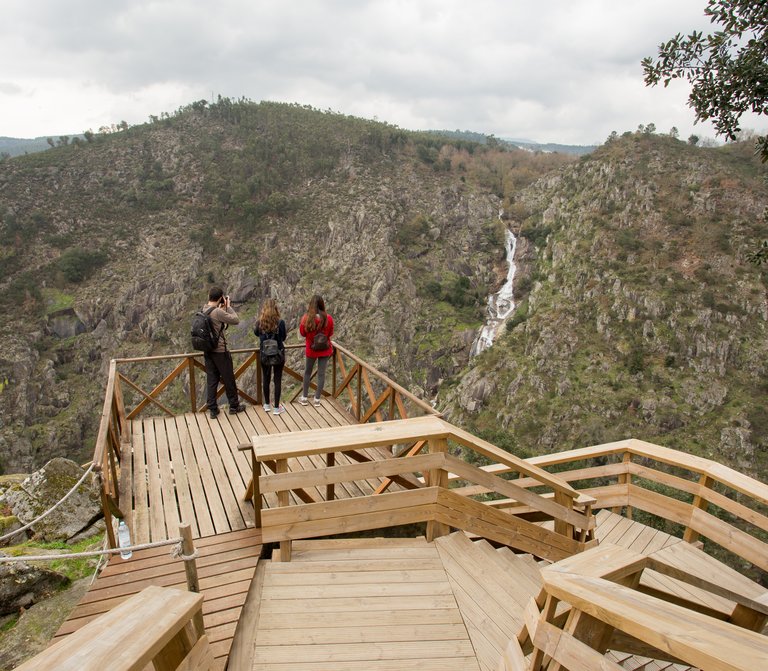
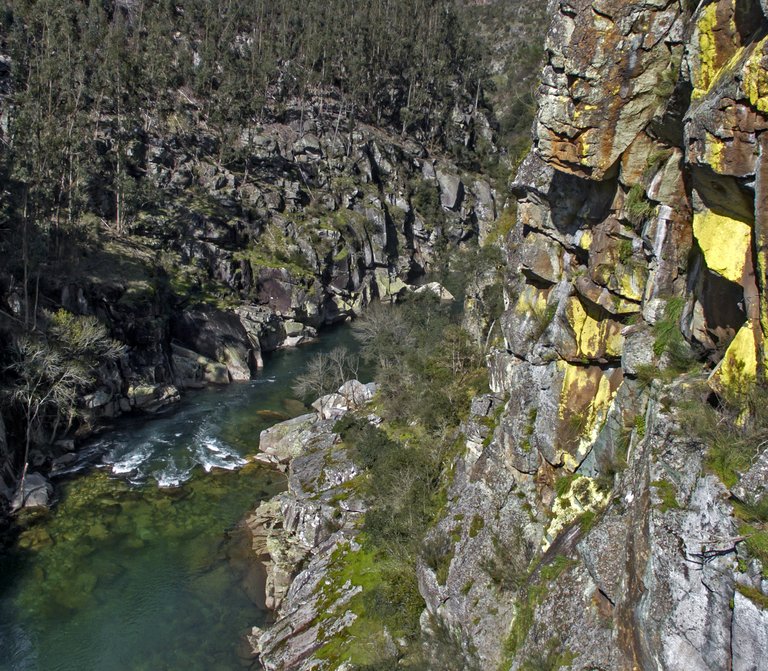
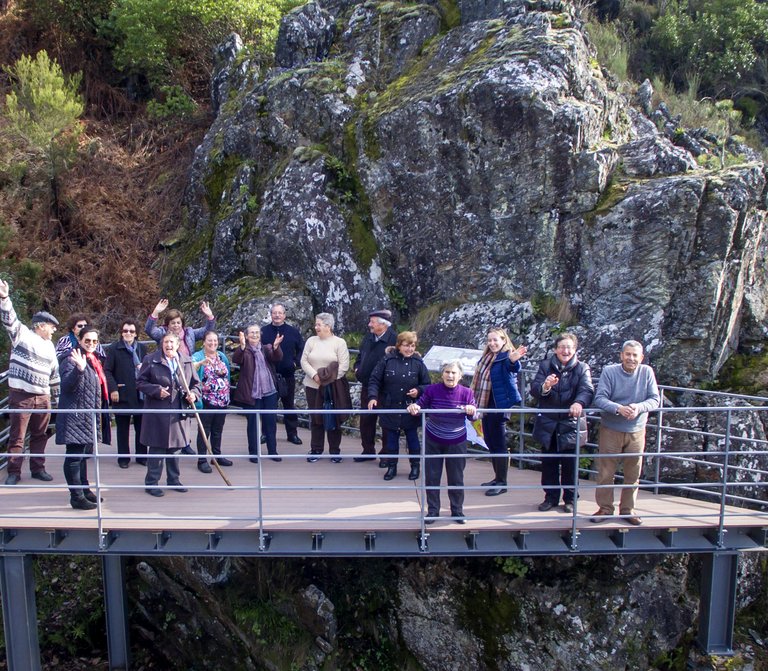
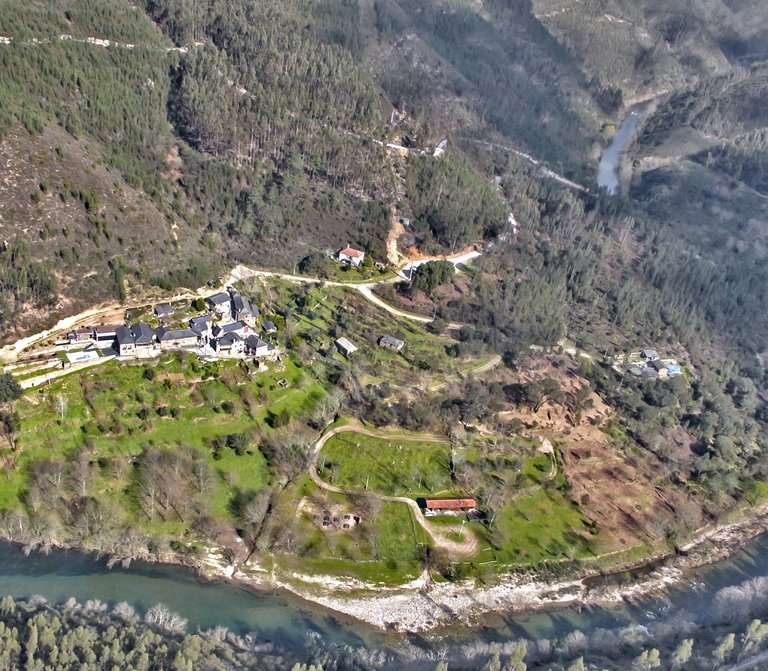
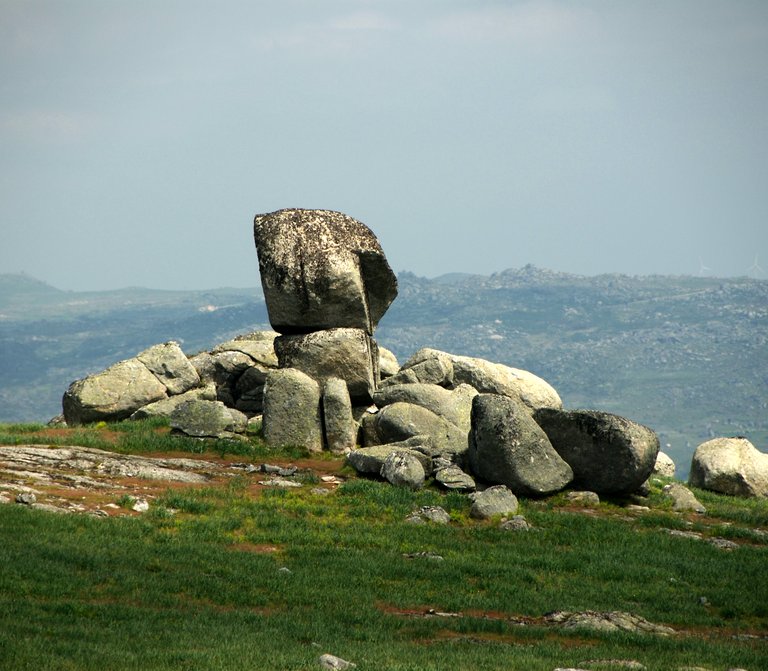
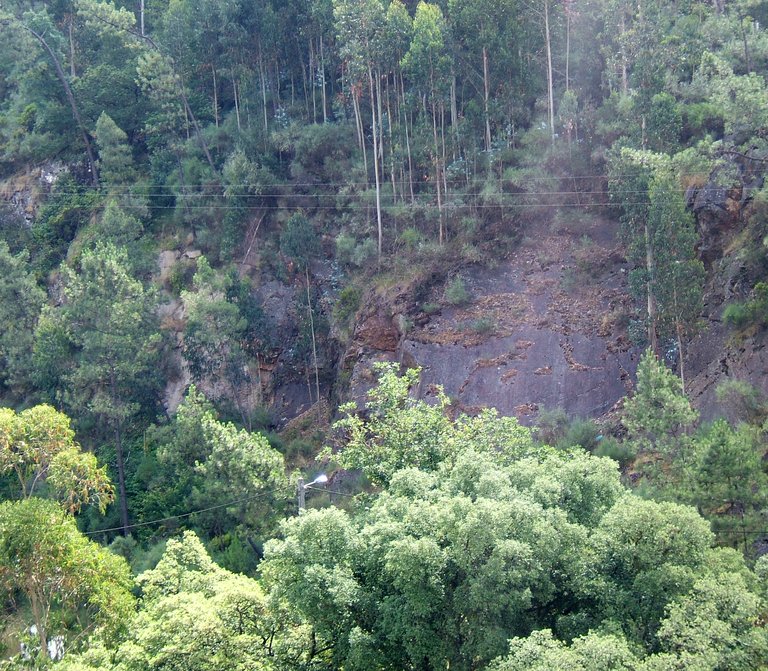
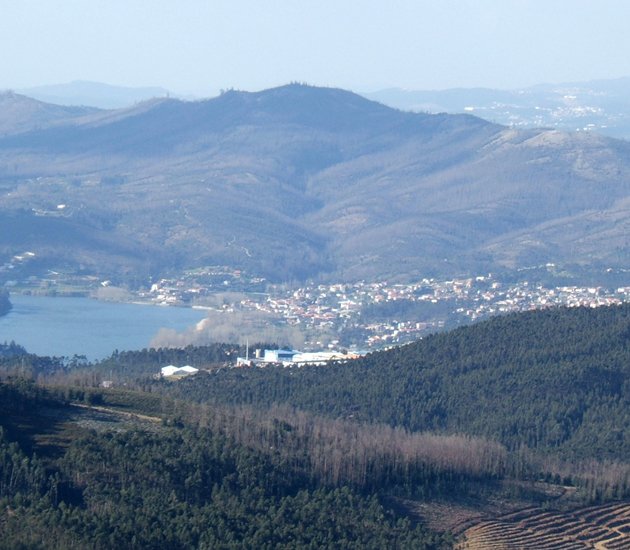
Where the water molds the stone
People say that “constant dropping wears away a stone”. This is what happens with the giant’s kettles, molded by the waters of the Caima river, which starts not too far from here. Near us arises the riverbed, narrow and with steep walls, fitted in the rocky substrate. The erosion and the transportation of sediments sometimes occur abruptly. The giant’s kettles are the result of this fluvial dynamics, depressions that are more or less round, drilled by the water in the granite of the Freita Mountain.
The kettles are originated from the irregularities of the rocky beds of the rivers. They retain some sediments in their surroundings. The accumulation of sediments is going to cause a whirlpool moment of the water, whose kinetic energy provides a circular movement. Little by little, due to the friction, the sediments dig a more or less circular hole in the Caima’s riverbed, and they are kept inside of them. As time goes by, the depressions get bigger and the flints that are inside become more and more spherical.
This depressions are always face up, and they can appear alone or in groups. Over time, the depressions get deeper and larger, and they can sometimes coalesce one with each other, forming progressively deeper channels – water drain channels.
The giant’s kettles of the Caima river become bigger and bigger as we approach the Frecha da Mizarela. This is due to a slightly increase of the river’s slope, causing the increase of the speed water and a bigger erosive capacity and, as a consequence, there are bigger “kettles”.





